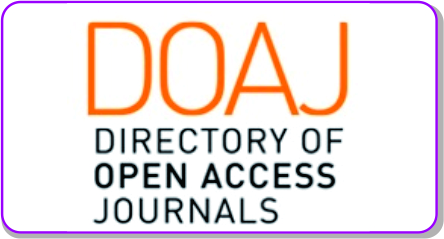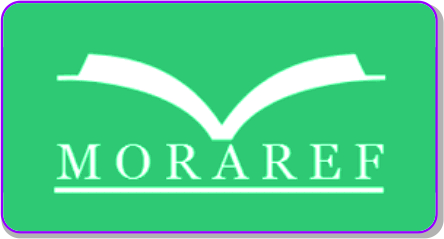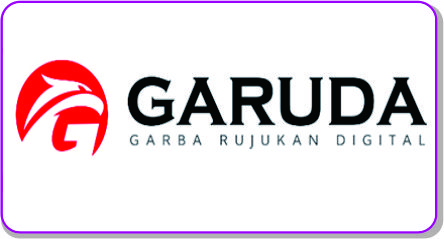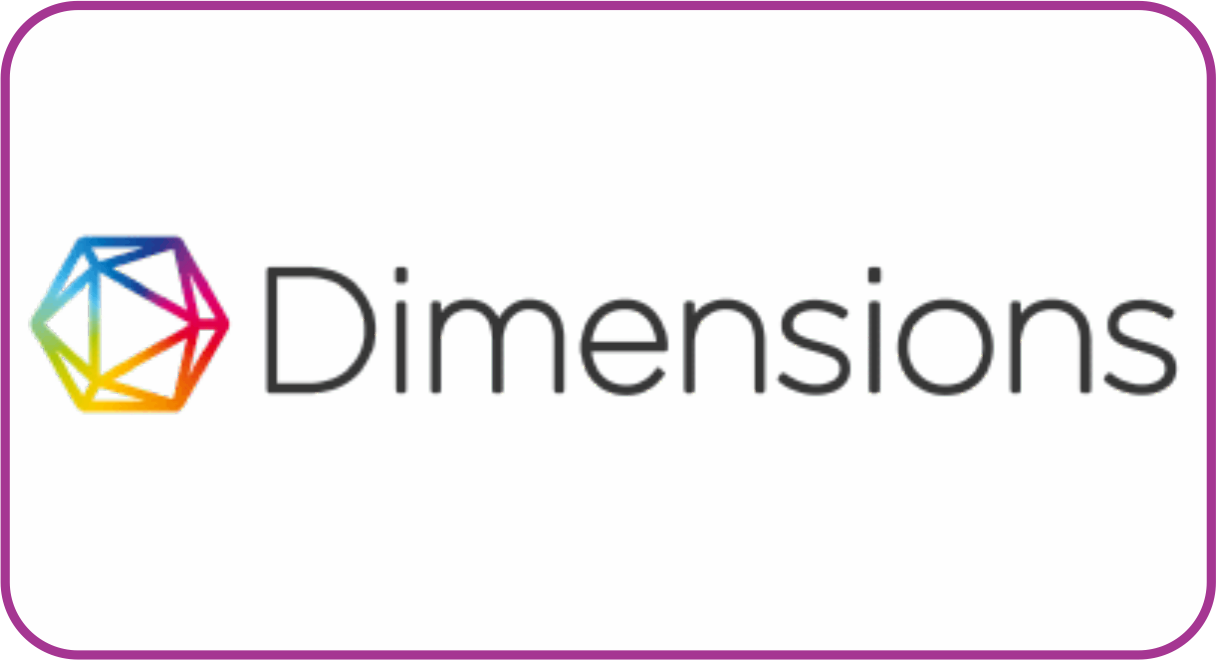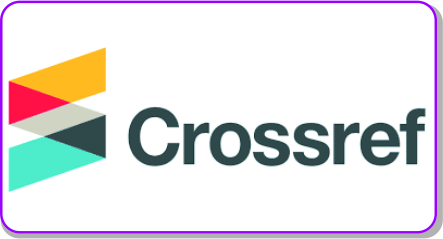Design and Development of an Online Analytical Processing (OLAP) Application for Customer Profiling Analysis of Insurance "X"
DOI:
https://doi.org/10.30983/knowbase.v4i2.8799Keywords:
Online Analytical Processing (OLAP), Customer Profile, Multidimensional Analysis, Decision Making,, InsuranceAbstract
The system's slow and inflexible response time is a characteristic of analytical processes based on transactional databases (OLTP), as experienced by PT Asuransi "X." This limitation arises because transactional databases are not designed for OLAP, which can provide various functions to perform synthesis and analysis that improve response time. This study aims to design and develop an Online Analytical Processing (OLAP) application to be used for customer profiling analysis at insurance company "X." In the insurance industry, effective and efficient data analysis is essential to understand customer behavior, perform segmentation, and make more informed decisions in marketing insurance products. The OLAP application developed in this study integrates various customer data dimensions, such as demographics, claim history, and owned products, facilitating multidimensional analysis for its users. The application design process includes system design, data collection, OLAP technology implementation, and application testing. The study results indicate that the application reveals that the majority of customers are male (56%), aged between 30 and 45 years (45%), and employed in the private sector. Additionally, in the city of Surabaya, there is a higher tendency to purchase the Mitra Sakinah life insurance policy. This information enables the company to better understand customer demographic characteristics and tailor its marketing strategies accordingly.
References
R. T. Aldisa, F. Teknologi, and U. Nasional, “Penerapan Online Analytical Processing ( OLAP ) dalam Pengelolaan Data Karyawan,” vol. 9, no. 1, pp. 55–61, 2022.
K. Smith and J. K. Cohen, “‘OLAP Technology and Data Warehousing,’” IEEE Trans. Knowl. Data Eng., vol. 30, no. 5, pp. 2021–2029.
B. K. Easterita et al., “Pengembangan Data Werehouse Dan Online Analytical Processing ( Olap ) Untuk Analisis Data Artikel Pada Jurnal Teknologi Informasi Dan Ilmu Komputer ( Jtiik ) Data Development Of Warehouse And Online Analytical Processing ( Olap ) For Articledata Analysis ,” vol. 1, no. 1, pp. 12–22, 2020.
T. Angelya et al., “Perancangan Data Warehouse Online Analytical Processing ( Olap ) Data Hasil Kerja PT . ABC,” pp. 656–664, 2023.
R. Insani, “Perancangan Data Warehouse untuk Profiling Data Pelanggan pada Bidang Telekomunikasi,” vol. 3, no. 2, pp. 19–30, 2021.
R. Kimball and M. Ross, The Data Warehouse Toolkit: The Definitive Guide to Dimensional Modeling, 3rd ed. Wiley, 2013.
R. Ben Messaoud, O. Boussaid, S. Rabas, L. Eric, and B. Cedex, “A New OLAP Aggregation Based on the AHC Technique,” pp. 65–72.
J. Sistem and A. Cucus, “Fakultas Ilmu Komputer.”
J. P. R. A. S. Arora, “ROLAP: A Flexible OLAP Method for Enterprise Business Intelligence,” Int. J. Bus. Intell., vol. 28, no. 3, pp. 101–109, 2014.
J. P. Smith, “HOLAP: Hybrid Solution for Data Warehouse Analysis,” Bus. Intell. Rev., vol. 12, no. 4, pp. 39–45, 2016.
N. H. Alza and H. Suryamen, “Decision Support System for Selecting Marching Band Field Commanders Using Profile Matching,” vol. 03, no. 01, pp. 69–81, 2023.
M. Guntara, “Analysis And Design Of Data Warehouse And Data Mart Budget,” pp. 6–11.
I. Zaelani, “Implementasi data Mart Terhadap sistem penjualan pada perusahaan bidang distributor di pt . Eigen implementation of data mart on sales system in distributor companies in PT . EIGEN TRIMATHEMA,” vol. 1, no. November, 2021.
W. S. Fana, R. Soviab, and R. Permana, “Data Warehouse Design with ETL Method ( Extract , Transform , And Load ) for Company Information Centre,” vol. 5, no. 2, pp. 132–137, 2021.
W. H. Inmon, Building the Data Warehouse, 4th ed. John Wiley & Sons, 2005.
Harry Singh, Data Warehousing: Concepts, Technologies, Implementations, and Management. Prentice Hall PTR, 1998, 1999.
L. P. S. Slamet Kacung, “Rancangan dan Pembuatan Data Warehouse untuk Kebutuhan Sistem Pendukung Keputusan (Studi Kasus: Departemen Marketing dan Komunikasi Universitas Dr Soetomo Surabaya),” Palimpsest (Iowa. City)., vol. 5, no. 1, pp. 1–10, 2014.
A. Prasad and P. Dutta, “Data Cleansing Framework for Data Warehouses,” in in 2018 International Conference on Advances in Computing, Communications and Informatics (ICACCI), 2018, pp. 761–767.
F. Ridzuan and W. M. N. Wan Zainon, “A review on data cleansing methods for big data,” Procedia Comput. Sci., vol. 161, pp. 731–738, 2019.
H. W. Hah and K. Siau, “A Framework for Data Transformation in ETL Processes,” in in 2018 IEEE International Conference on Data Science and Advanced Analytics (DSAA), 2018, pp. 515–520.
W. Suharso et al., “IMPLEMENTASI STAR SCHEMA PADA STUDI KASUS PERPUSTAKAAN,” vol. 4, no. 1, pp. 1–11, 2021.
Neni Purwati, DATA WAREHOUSE. Bandar Lampung: Darmajaya ( DJ ) Press, 2018.
Data Warehousing Guide, “SQL for Aggregation in Data Warehouses,” Oracle9i, 2024. [Online]. Available:https://docs.oracle.com/cd/B10500_01/server.920/a96520/aggreg.htm#10981. [Accessed: 23-Nov-2024].
Downloads
Submitted
Accepted
Published
Issue
Section
License
Copyright (c) 2024 Debleng Puja Kesuma Wardanie, Slamet Kacung, Chamdan Fauzi, Pamudi

This work is licensed under a Creative Commons Attribution-ShareAlike 4.0 International License.
Authors who publish with this journal agree to the following terms:
- Authors retain copyright and grant the journal right of first publication with the work simultaneously licensed under a Creative Commons Attribution License that allows others to share the work with an acknowledgment of the work's authorship and initial publication in this journal.
- Authors are able to enter into separate, additional contractual arrangements for the non-exclusive distribution of the journal's published version of the work (e.g., post it to an institutional repository or publish it in a book), with an acknowledgment of its initial publication in this journal.
- Authors are permitted and encouraged to post their work online (e.g., in institutional repositories or on their website) prior to and during the submission process, as it can lead to productive exchanges, as well as earlier and greater citation of published work (See The Effect of Open Access).






